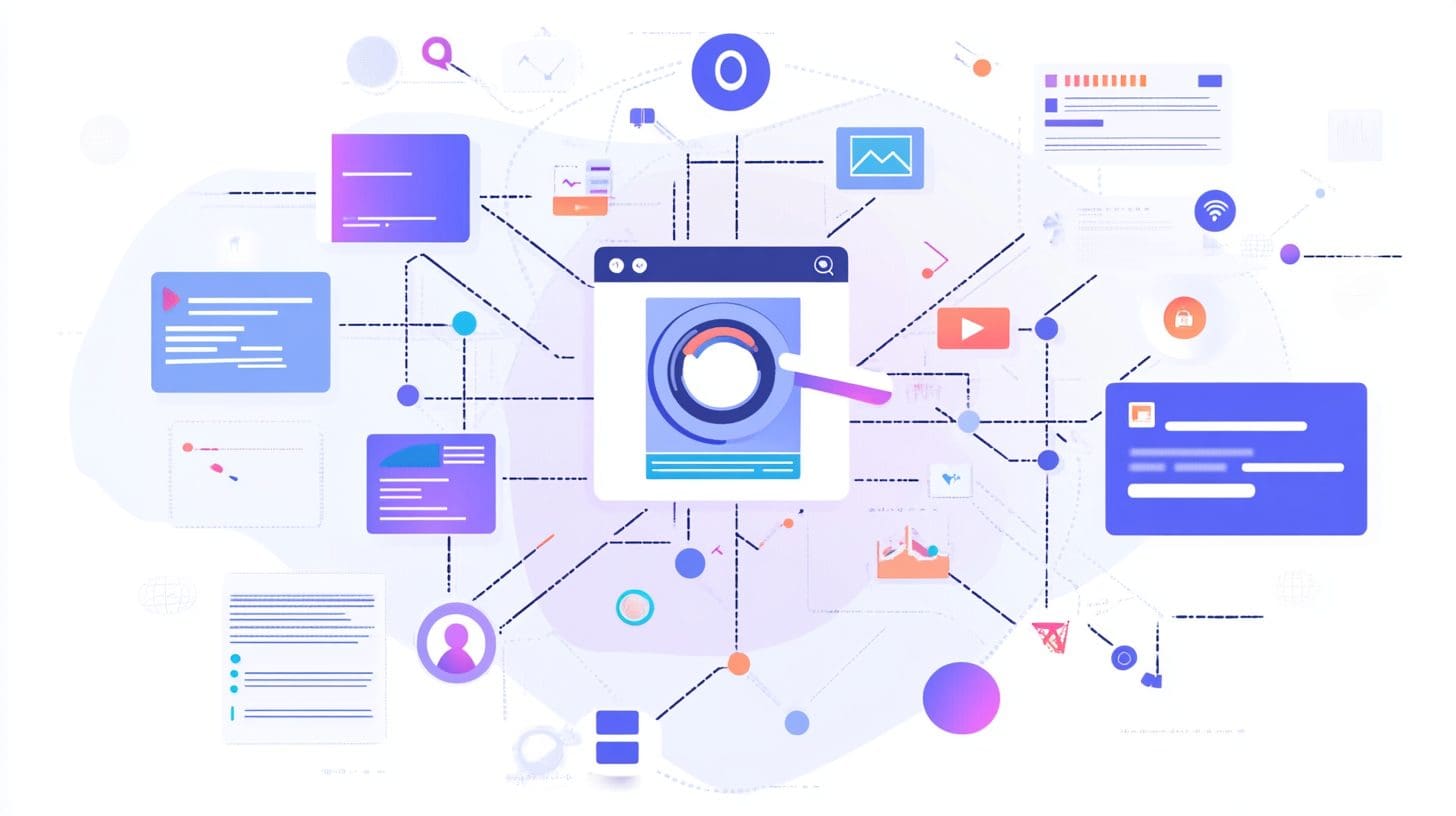effective storytelling frameworks are essential in storybrand marketing for creating compelling brand narratives. moreover, storybrand strategies aid to streamline messaging across various platforms. additionally, clarity in communication is crucial when implementing storybrand marketing techniques for effective audience engagement. finally, customer focus emphasizes the importance of keeping the client at the center of all storybrand marketing efforts to enhance brand loyalty.
storybrand marketing agency
effective storybrand strategy is an essential element for building narratives that connect. detailed storybrand framework provides a structured approach to crafting compelling marketing messages. unique storybrand principles support the development of a customer-centric storytelling formula. innovative storybrand techniques enhance the impact of brand messaging across various media channels. strategic storybrand solutions optimize marketing efforts to ensure competitive differentiation.
The Power of Digital Marketing: A Review
In today’s electronic age, advertising and marketing has evolved far past conventional print ads and billboards. Digital advertising and marketing has become a keystone for businesses to reach their target market in such a way that is both cost-effective and measurable. With a wide range of platforms and methods offered, digital advertising supplies a flexible and effective method to attract, involve, and maintain customers.
This short article explores the value of electronic marketing, essential strategies, and why it has ended up being a crucial device for businesses of all sizes.
What is Digital Advertising?
Digital advertising and marketing describes making use of digital networks, platforms, and tools to advertise products and services to customers. Unlike traditional advertising and marketing, digital advertising focuses on on-line mediums such as search engines, web sites, social media sites, e-mail, and mobile apps. The goal is to connect with customers where they invest most of their time– the web.
Key elements of digital marketing include:
– ** Seo (SEARCH ENGINE OPTIMIZATION) **.
– ** Content Advertising and marketing **.
– ** Pay-Per-Click Advertising (PPC) **.
– ** Social Media Advertising **.
– ** Email Marketing **.
– ** Affiliate Advertising **.
– ** Influencer Advertising **.
– ** Online Public Relations (PUBLIC RELATIONS) **.
The flexibility of electronic marketing enables services to select the techniques that ideal fit their objectives and spending plans. Whether an organization intends to develop brand name understanding, produce leads, or drive sales, electronic advertising offers countless devices to attain these purposes.
### Why is Digital Advertising Important?
Digital advertising is vital for companies today for a number of factors:.
1. ** Get To a Worldwide Audience **.
With the internet connecting billions of people worldwide, electronic advertising permits services to reach target markets far beyond their geographic area. Companies can broaden their reach, promoting their services and products to customers throughout the world without the constraints of standard advertising and marketing.
2. ** Cost-Effectiveness **.
Compared to conventional marketing approaches like print, TV, or radio advertising and marketing, electronic marketing is frequently more cost-efficient. Methods such as SEO and material advertising require even more time than cash, making them inexpensive alternatives for small businesses. Also paid digital marketing options like pay per click allow advertisers to set spending plans and pay just when individuals engage with their advertisements, enhancing their costs.
3. ** Targeted Advertising and marketing **.
One of one of the most substantial advantages of electronic advertising is the ability to target details demographics, interests, actions, and geographic areas. With devices like Google Ads or Facebook’s advertising and marketing platform, marketers can tailor projects to get to those most likely to be curious about their offerings, making certain the highest feasible return on investment (ROI).
4. ** Measurable Results **.
With standard advertising and marketing, it can be challenging to track outcomes and figure out just how well a campaign has actually executed. In contrast, electronic marketing offers access to a selection of analytics tools that offer thorough insights into exactly how campaigns are doing. Metrics like web site web traffic, click-through prices, conversions, and much more can be tracked in real-time, permitting data-driven choices.
5. ** Enhanced Consumer Communication **.
Digital marketing allows organizations to connect with consumers in real time. Whether through social media sites comments, e-mail replies, or live conversations, businesses can provide punctual support, solution inquiries, and engage with their target market, cultivating more powerful relationships.
Trick Digital Advertising And Marketing Techniques.
Numerous techniques fall under the umbrella of digital advertising and marketing. Each plays a crucial function within and involving the appropriate target market. Below are a few of one of the most preferred and effective strategies.
1. ** Seo (SEO) **.
SEO is the method of enhancing an internet site to place greater on internet search engine like Google. It includes utilizing relevant keywords, enhancing web site performance, producing high-quality web content, and building back links. A strong SEO technique can increase natural traffic to a site and boost its presence online.
2. ** Material Advertising and marketing **.
Web content advertising and marketing focuses on producing and distributing important, appropriate content to bring in and keep a clearly specified target market. This can include post, infographics, video clips, books, and more. High-quality web content can establish an organization as an authority in its sector and construct trust fund with possible clients.
3. ** Pay-Per-Click Advertising And Marketing (PPC) **.
Pay per click is an on the internet marketing model where marketers pay a charge each time their ad is clicked. One of one of the most usual types of PPC is search engine advertising, such as Google Advertisements. Pay per click provides quick outcomes and can drive targeted web traffic to a web site, making it a superb complement to SEO.
4. ** Social Network Advertising **.
Social media site systems like Facebook, Instagram, Twitter, LinkedIn, and TikTok supply services opportunities to reach large audiences, involve with fans, and construct brand name awareness. Social media site marketing can include natural blog posts, sponsored ads, influencer collaborations, and much more. This approach assists develop a dedicated area around a brand name and promotes direct interaction with consumers.
5. ** Email Marketing **.
Email advertising stays among one of the most effective means to get to and support leads. Businesses can use email to send individualized messages, promotional deals, and material to subscribers. With the capability to section e-mail checklists based on actions, interests, and demographics, email advertising and marketing offers a very targeted method to consumer involvement.
6. ** Associate Advertising and marketing **.
Associate advertising and marketing involves partnering with people or business that promote a business’s items for a payment on sales. It’s a cost-efficient means for organizations to reach new audiences and expand their client base.
Trends in Digital Advertising And Marketing.
As technology remains to evolve, so do electronic advertising and marketing strategies. Staying upgraded on the most recent trends is essential for companies to stay affordable. A few of the present trends include:.
– ** Voice Browse Optimization **: With the surge of smart audio speakers and voice aides like Alexa and Siri, companies are maximizing their content for voice search.
– ** Video clip Advertising **: Videos, especially short-form content like Instagram Reels or TikTok, have actually gotten tremendous appeal. Video advertising and marketing is an appealing way to share info and astound audiences.
– ** Artificial Intelligence (AI) and Automation **: AI-powered devices are aiding marketing experts automate jobs, such as sending out customized emails or evaluating data. Chatbots, anticipating analytics, and AI-generated material are also forming the future of digital advertising.
– ** Personalization **: Consumers increasingly expect individualized experiences. Digital marketing is focusing more on supplying tailored web content, ads, and referrals to fulfill individual client choices.
### Final thought.
Digital marketing has actually changed the method businesses connect with consumers. It provides a versatile, affordable, and data-driven strategy to advertising products and services in a highly affordable marketplace. Whether through SEO, social networks, content marketing, or pay per click, electronic advertising and marketing provides businesses with the tools they need to expand and prosper in today’s digital globe.
By leveraging the right mix of strategies and keeping up to date with arising trends, companies can develop long lasting partnerships with their audience and achieve quantifiable success.






